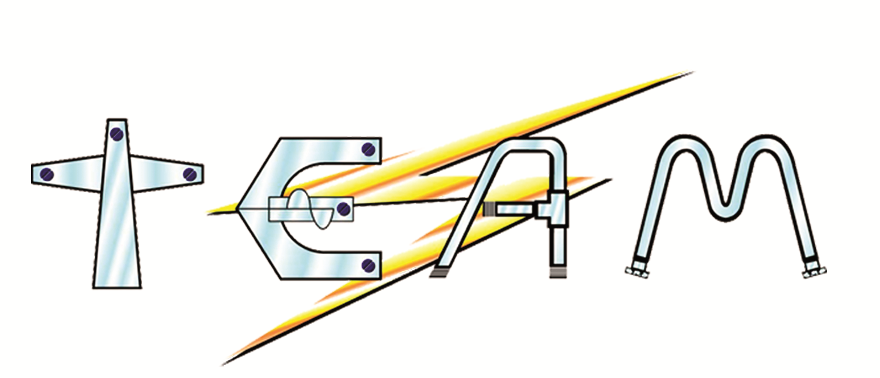+1 786 451 4278/+1 305 897 8646 Mon - Fri 08:00 - 16:00 2260 SW 8th Street, Suite 200. Miami, FL 33135. sales@teamfl-usa.com
+504 9455 4935/ +504 2551 1406 Mon - Fri 07:00 - 17:00 Col. Fesitranh, Zona 2, Pasaje 4, Casa #558. team@tecnicaelectromecanica.com
+504 3372-1353 Mon - Fri 07:00 - 17:00Anillo periferico entrada a los Hidalgos, Residencial las Canarias II,
Casa C-5. team@tecnicaelectromecanica.com
+505 2252 0113 Mon - Fri 08:00 - 17:00 / Sat 08:00 - 12:00Residencial Colinas de Verona, Casa H10. team@tecnicaelectromecanica.com
+506 2293-2328 / +506 8919-4852 Mon - Fri 08:00 - 17:00/Sat 08:00 - 12:00Multicomercial Baden Locales #05 / #06. team@tecnicaelectromecanica.com
+503 7855 7931 / +503 2224 2749 Mon - Fri 08:00 - 17:00Direccion en El Salvador team@tecnicaelectromecanica.com
+502 3760 7220 / +502 5306 8475 Mon - Fri 08:00 - 17:00/Sat 08:00 - 12:00 9 Avenida “A” 10-09 zona 3 Mixco. team@tecnicaelectromecanica.com
+507 6614 8634 Mon - Fri 07:00 - 17:00 Direccion en Panama team@tecnicaelectromecanica.com
+501 671 0698 Mon - Fri 07:00 - 17:00 Direccion en Belice team@tecnicaelectromecanica.com

